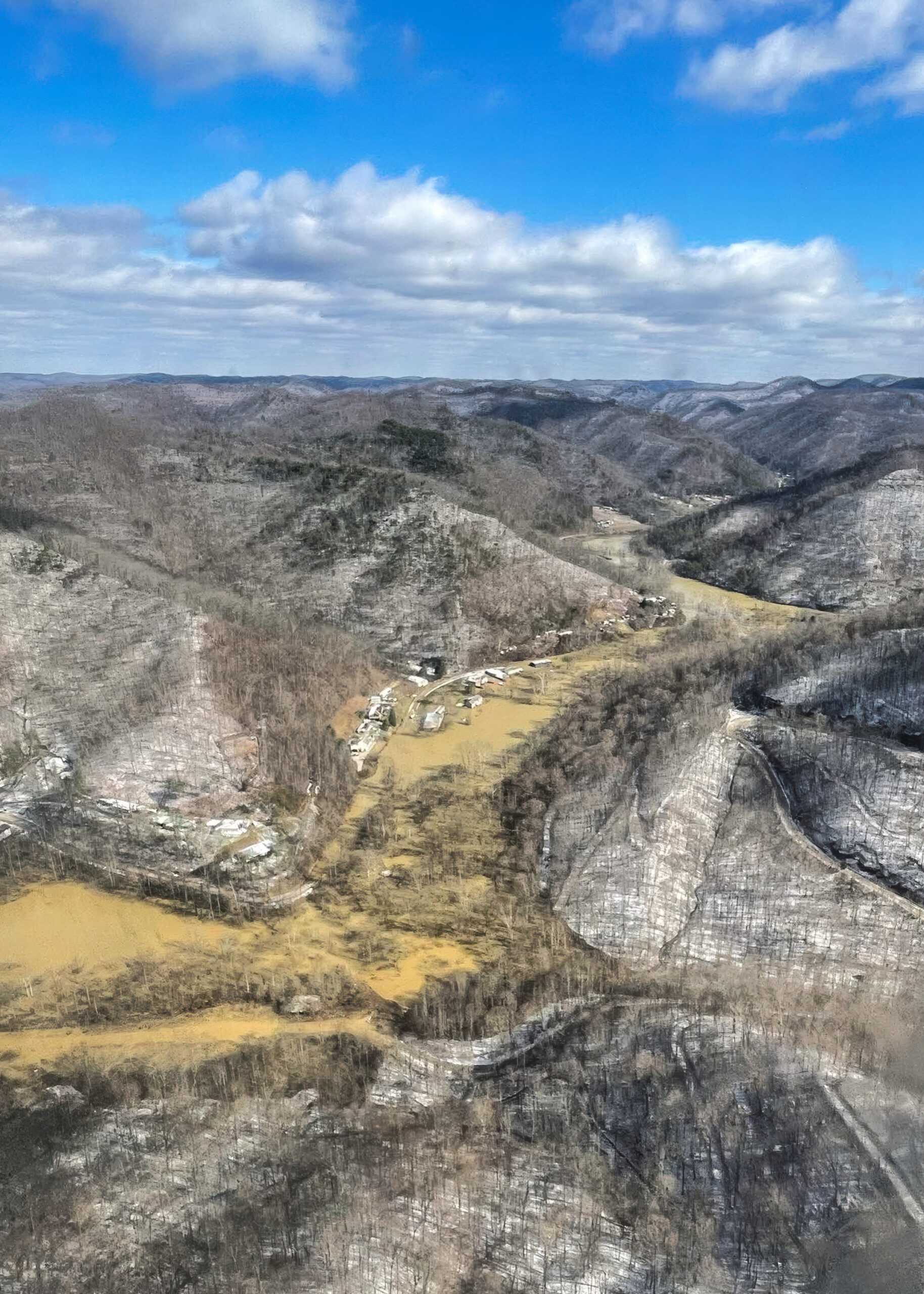

Approximately nine inches of rain fell in Kentucky beginning on Friday, Feb. 14, causing at least 22 deaths, with one death recorded in Georgia.
At least eight inches of rain fell in Tennessee and five in Virginia, causing widespread flooding. Several rivers overflowed as snow melt added to the excessive rainfall. In addition to flooding, landslides destroyed homes and blocked roads. More than 300 roads were closed in Eastern Kentucky and hundreds of people were displaced.
At the height of the storms, thousands of customers had lost power across several states.
Key facts:
- The flooding prompted evacuations in Rives, Tennessee, after a levee failed, destroying homes and buildings.
- More than 1,000 people had to be rescued when rain caused rivers to spill from their banks and snow on the ground melted, contributing to the deluge.
- Kentucky is especially prone to flooding because strip mining in the region has created thinner soil which can’t absorb the increasing amount of snow and rain falling from climate change-induced storms. This leads bodies of water to overflow. Flat areas then become saturated which creates pooling.
- Many places haven’t yet recovered from Hurricane Helene, compounding the effects of this disaster.
(Photo: The Kentucky National Guard prepares to land at a housing complex surrounded by floodwaters in Martin County, Kentucky, Feb. 17, 2025, to evacuate stranded residents. Credit: U.S. Air National Guard photo by Senior Master Sgt. Ben Cole)
Latest Updates
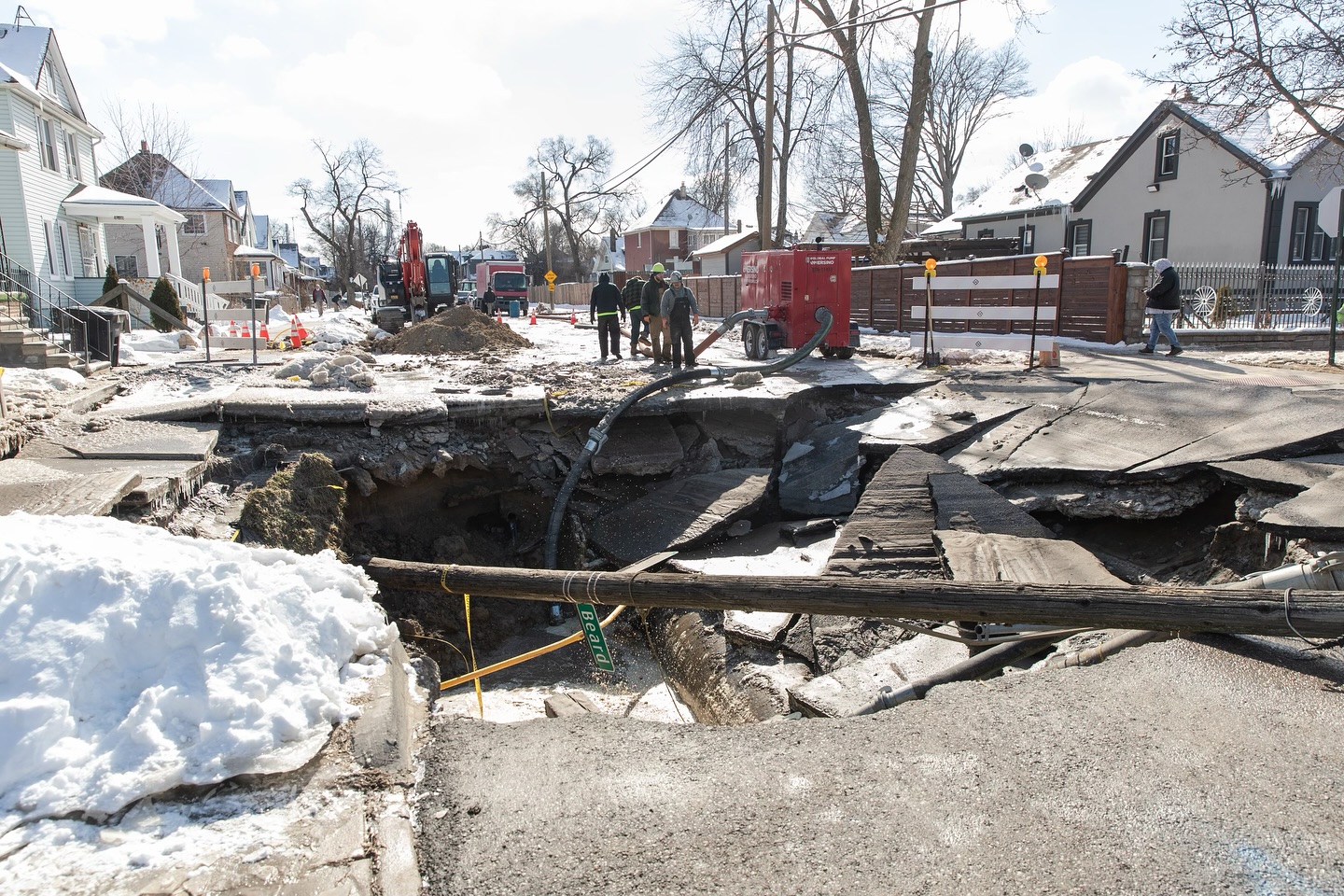
What we’re watching: Weekly disaster update, February 24
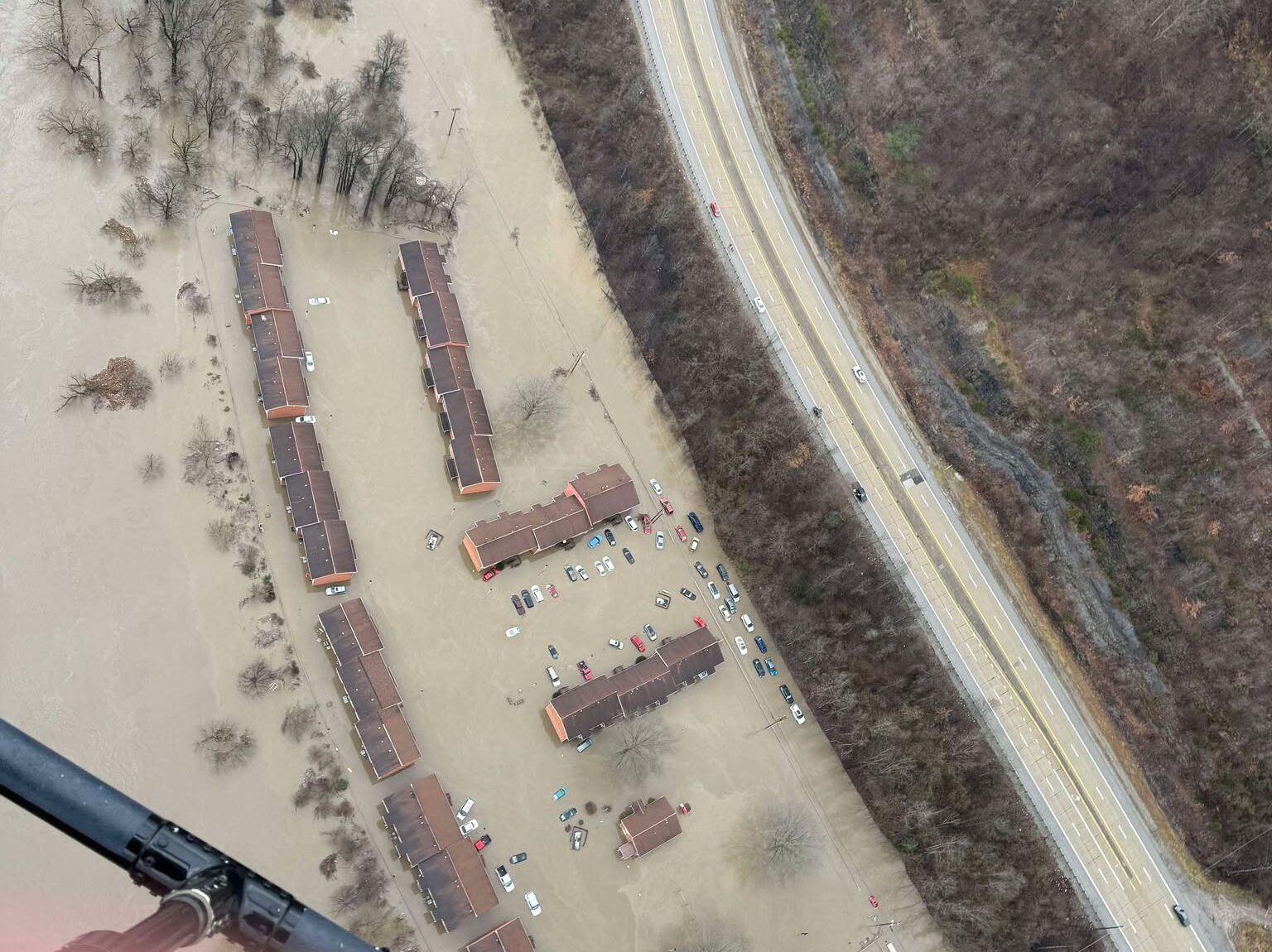
What we’re watching: Weekly disaster update, February 17
Rural communities
Rural communities, like many affected by these floods, often don’t have the systems, structures and resources to manage a full and equitable recovery. Philanthropy has an opportunity to listen to and work with communities to fully understand their long-term needs, address them, and prepare these communities for future climate-caused disasters.
Appalachia region
According to the Appalachian Regional Commission, “Appalachia is made up of 423 counties across 13 states and spans 206,000 square miles, from southern New York to northern Mississippi. The Region’s 26 million residents live in parts of Alabama, Georgia, Kentucky, Maryland, Mississippi, New York, North Carolina, Ohio, Pennsylvania, South Carolina, Tennessee, and Virginia, and all of West Virginia.”
As CDP has reported many times, the ability of a community to respond is often based on pre-existing factors, such as poverty. Appalachia is one of the poorest regions in the country, and the areas affected by flooding reflect that.
As a result of pre-existing poverty, levels of insurance are low, food insecurity is high, and many homes were likely in poor condition before the floods.
According to a study in 2021 from the Kentucky Center for Economic Policy, “In Kentucky, systemic barriers have led to higher rates of poverty and food insecurity than in other states, a low median household income and economic disparities by race, gender, geography and more.”
As of November 2024, 586,513 people in Kentucky relied on the Supplemental Nutrition Assistance Program (SNAP) for food support.
Referencing Hurricane Helene, Ryan Eller, executive director of the Appalachia Funders Network, told Candid, “Appalachia receives a fraction of the philanthropic support other regions see, with funders in rural Central Appalachia having access to only one-tenth the resources of their urban counterparts. This disparity is all the more striking considering the magnitude of challenges here, even before the storm—broadband, health care, and food deserts; intergenerational poverty born from extraction; and the ongoing opioid crisis.”
Mutual aid networks in Appalachia
Mutual aid has long been a vital part of the culture in central Appalachia. Because of the mountainous terrain and relative poverty, isolated communities in Appalachia are often neglected by aid groups and recovery efforts after disaster in favor of more urban areas nearby. The difficulty in reaching these areas has forced Appalachian communities to develop strong mutual aid networks. Funding these organizations will help communities rebuild.
Unrestricted cash donations
As with most disasters, cash donations are recommended by disaster experts. Cash allows on-the-ground agencies to direct funds to the area of greatest need, support economic recovery and ensure donation management does not detract from disaster recovery needs.
Immediate needs
Early recovery phase
Emotional health and counseling
There will be a need for long-term mental health and trauma support, given the tight-knit community and the extent of the disaster. However, many people in these communities may be reluctant to seek support, which means it needs to be based locally within traditional support services, such as faith communities.
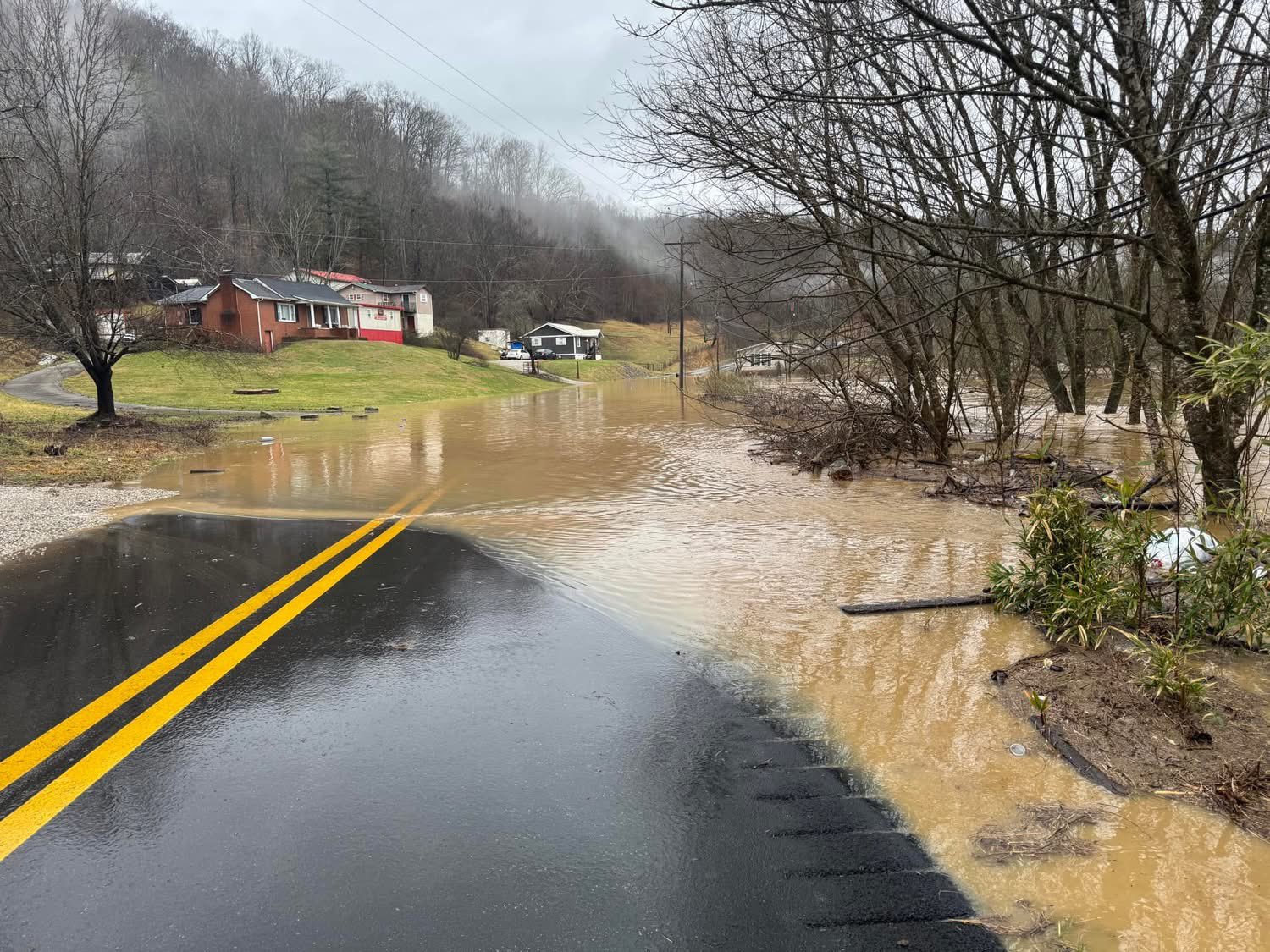
Our Disaster Recovery Fund provides support for flood-affected communities. Grants will be focused on supporting just, equitable and responsible recovery with special priority given to communities and populations that have been historically marginalized or have had difficulty recovering from past disasters.
Contact CDP
Philanthropic contributions
If you have questions about donating to the CDP Disaster Recovery Fund, need help with your disaster-giving strategy, or want to share how you’re responding to this disasters, please contact our development team.
(Photo: Flooding in Kentucky, Feb. 15, 2025. Credit: Kentucky State Police via X)
Recovery updates
If you are a responding NGO or a donor, please send updates on how you are working on recovery from this disaster to Katie Huang.
We welcome the republication of our content. Please credit the Center for Disaster Philanthropy.
More ways to help
The Center for Disaster Philanthropy and National Volunteer Organizations Active in Disasters can provide resources and guidance about organizations working in affected communities. Local community foundations also have insights into nongovernmental organizations (NGOs) that are best suited to respond in a particular community. Use the Council on Foundation’s Community Foundation Locator to find local community foundations.
Note: If you are an individual who was affected by the disaster, we encourage you to contact your local 211 to see what resources are available in your community.
Resources
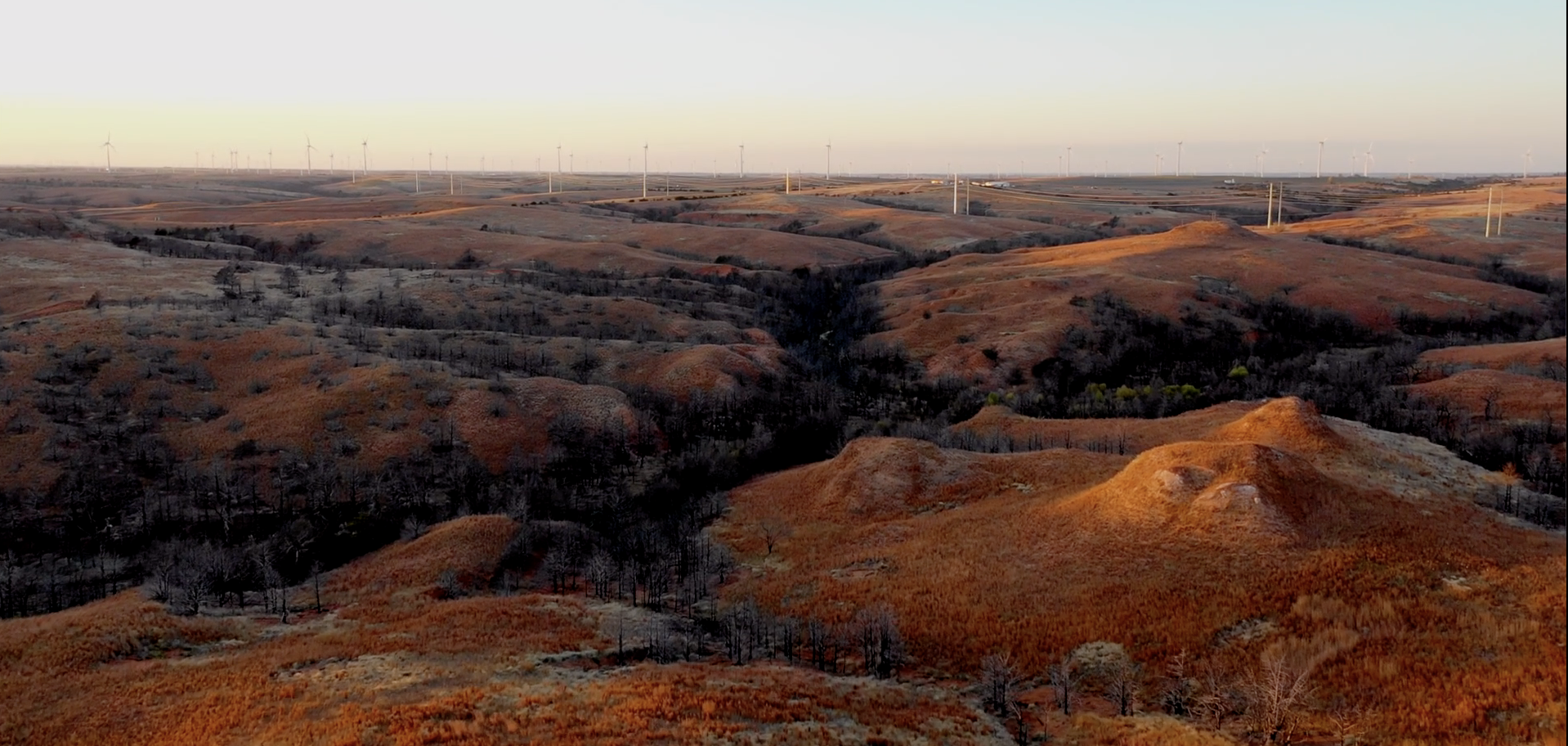
Rural Populations
Rural populations often struggle with disaster response and recovery. Explore why.
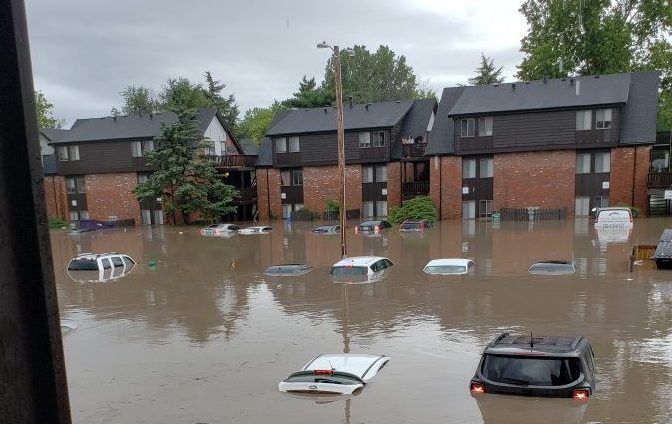
Floods
Flooding is our nation’s most common natural disaster. Regardless of whether a lake, river or ocean is actually in view, everyone is at some risk of flooding. Flash floods, tropical storms, increased urbanization and the failing of infrastructure such as dams and levees all play a part — and cause millions (sometimes billions) of dollars in damage across the U.S. each year.
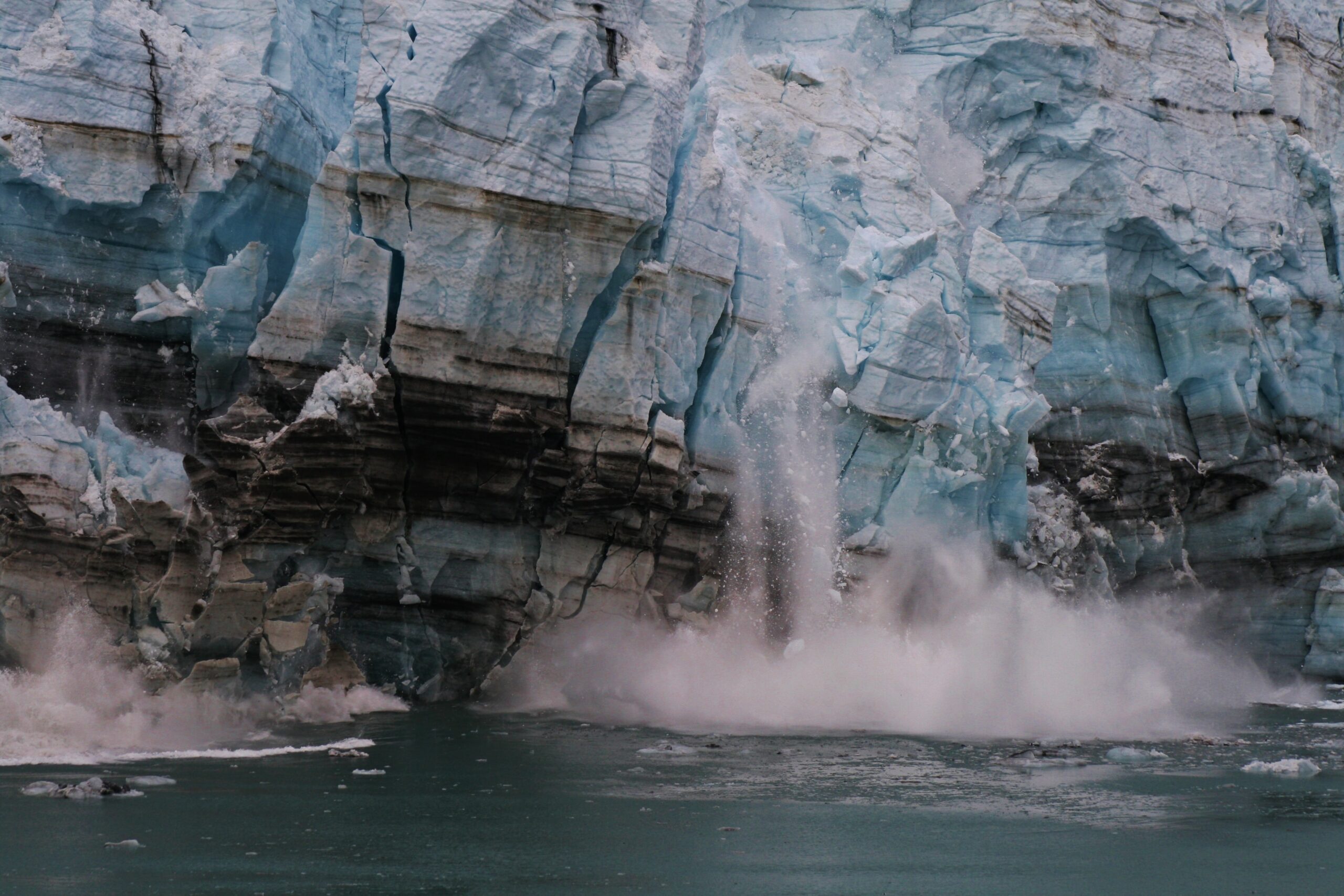
Climate Change
Climate change refers to any significant change in the measures of climate lasting for an extended period of time. In other words, climate change includes major changes in temperature, precipitation or wind patterns, among other effects, that occur over several decades or longer.